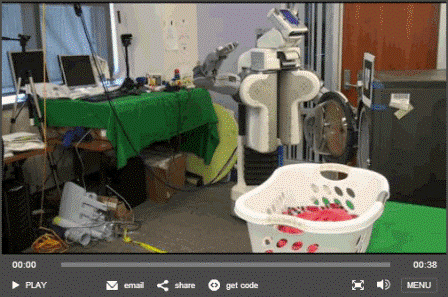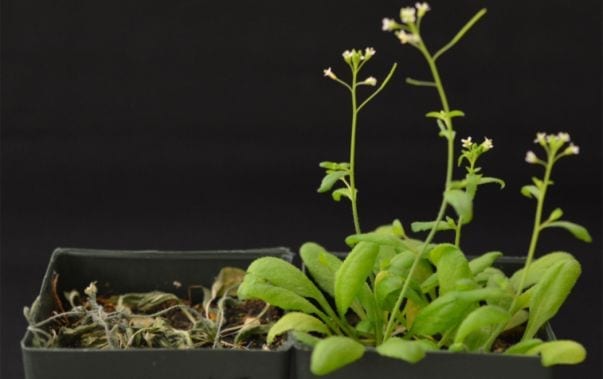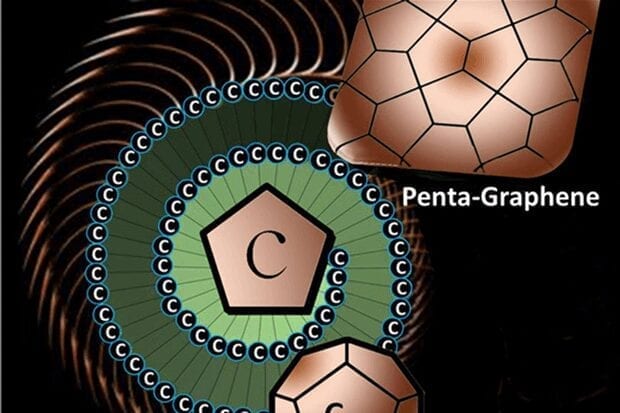
Credit: Siddharth Srivastava, Shlomo Zilberstein, Abhishek Gupta, Pieter Abbeel, Stuart Russell
New algorithms designed by Berkeley and UMass researchers allow autonomous systems to deal with uncertainty
People typically consider doing the laundry to be a boring chore. But laundry is far from boring for artificial intelligence (AI) researchers like Siddharth Srivastava, a scientist at the United Technologies Research Center, Berkeley.
To AI experts, programming a robot to do the laundry represents a challenging planning problem because current sensing and manipulation technology is not good enough to identify precisely the number of clothing pieces that are in a pile and the number that are picked up with each grasp. People can easily cope with this type of uncertainty and come up with a simple plan. But roboticists for decades have struggled to design an autonomous system able to do what we do so casually–clean our clothes.
In work done at the University of California, Berkeley, and presented at the Association for Advancement of Artificial Intelligence conference in Austin, Srivastava (working with Abhishek Gupta, Pieter Abbeel and Stuart Russell from UC Berkeley and Shlomo Zilberstein from University of Massachusetts, Amherst) demonstrated a robot that is capable of doing laundry without any specific knowledge of what it has to wash.
Earlier work by Abbeel’s group had demonstrated solutions for the sorting and folding of clothes. The laundry task serves as an example for a wide-range of daily tasks that we do without thinking but that have, until now, proved difficult for automated tools assisting humans.
“The widely imagined helper robots of the future are expected to ‘clear the table,’ ‘do laundry’ or perform day-to-day tasks with ease,” Srivastava said. “Currently however, computing the required behavior for such tasks is a challenging problem–particularly when there’s uncertainty in resource or object quantities.”
Humans, on the other hand, solve such problems with barely a conscious effort. In their work, the researchers showed how to compute correct solutions to problems by using some assumptions about the uncertainty.
“The main issue is how to develop what we call ‘generalized plans,'” said Zilberstein, a professor of computer science and director of the Resource Bound Reasoning Lab at UMass Amherst. “These are plans that don’t just work in a particular situation that is very well defined and gets you to a particular goal that is also well defined, but rather ones that work on a whole range of situations and you may not even know certain things about it.”
Read more: Human insights inspire solutions for household robots
The Latest on: Household robots
[google_news title=”” keyword=”Household robots” num_posts=”10″ blurb_length=”0″ show_thumb=”left”]
via Google News
The Latest on: Household robots
- 80% of moms prefer smart robots for household cleaningon May 9, 2024 at 6:08 am
In anticipation of Mother’s Day, Milagrow Humantech, India’s leading robotics brand, has recently unveiled a compelling trend report shedding light on a significant paradigm shift in ...
- Revolutionary artificial skin gives robots a human touch, transforming care and rescue missionson May 8, 2024 at 3:32 am
Scientists have recently created a revolutionary type of artificial skin that is both flexible and capable of simulating the human sense of touch. This advancement is set to transform the ...
- This robot vacuum is a whopping 52% off — it would make a great last-minute Mother's Day gifton May 6, 2024 at 9:55 am
Its slim design features 2200pa suction power to tackle pet hair, dust and dirt. The 11-inch diameter vacuum helps navigate cleaning in tight spaces and can clean up to 1,300 sq ft or 120 minutes of ...
- How to Clean Your Robot Vacuum So It Can Keep Cleaning for Youon May 4, 2024 at 8:00 am
A good robot vacuum is an incredible machine. It can self-navigate your home or apartment dodging cords, furniture and pets to clean over and under your stuff. Some models even self-empty the dirt ...
- Chinese startup demonstrates robot that could do your choreson April 30, 2024 at 5:34 am
A sleek new video shows a humanoid robot called Astribot S1 uncorking a bottle of wine, flipping toast in a pan, and then ironing – and folding – a t-shirt.
- The robots built to take over boring household taskson April 15, 2024 at 5:00 pm
At least that’s the dream of several start-ups, tech companies and researchers around the world who are racing to unleash robots who can learn and grapple with any household task. The challenges ...
- The robots built to take over boring household taskson April 15, 2024 at 5:00 pm
At least that’s the dream of several start-ups, tech companies and researchers around the world who are racing to unleash robots who can learn and grapple with any household task. The challenges are ...
- MIT Technology Reviewon April 10, 2024 at 5:00 pm
Human volunteers can use this system to film themselves doing household chores, mimicking the robot’s view of the end of its robotic arm. Using this stand-in for Stretch’s robotic arm and an ...
- Household robots: Now with added ‘common sense’ and ability to self-correcton March 29, 2024 at 2:09 pm
We've all seen household robots in movies and TV shows, performing tasks ranging from simple cleanup to complex problem-solving, often equipped with a kind of "common sense" that makes them seem ...
- Everyday robots: A household robo-butler might not be as far off as you thinkon August 13, 2023 at 4:59 pm
Prosper Robotics on the other hand wants to build a genuine robo-butler in the same vein as the Mister Handy robots from the Fallout video game series. According to the company, the household ...
via Bing News










